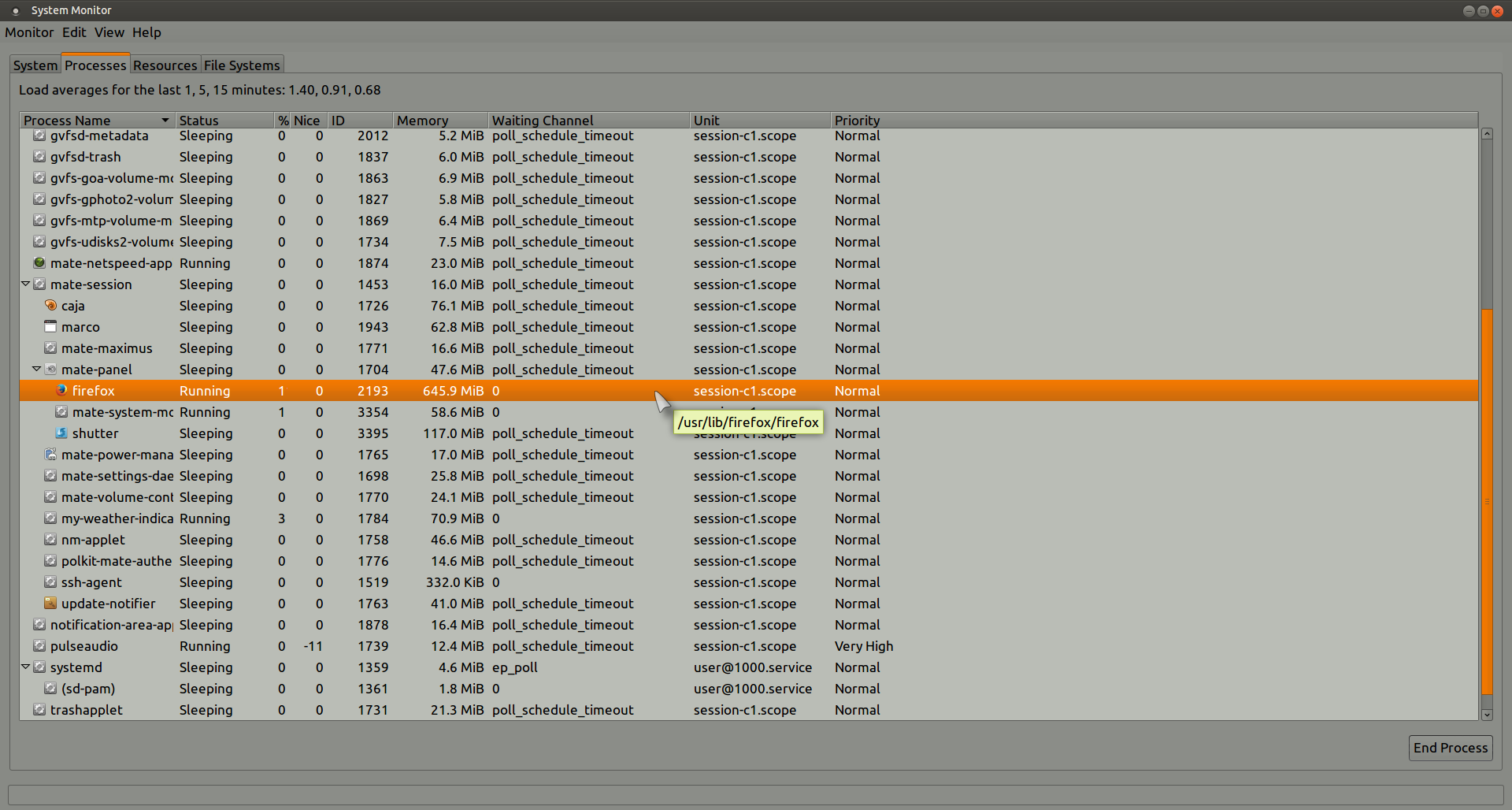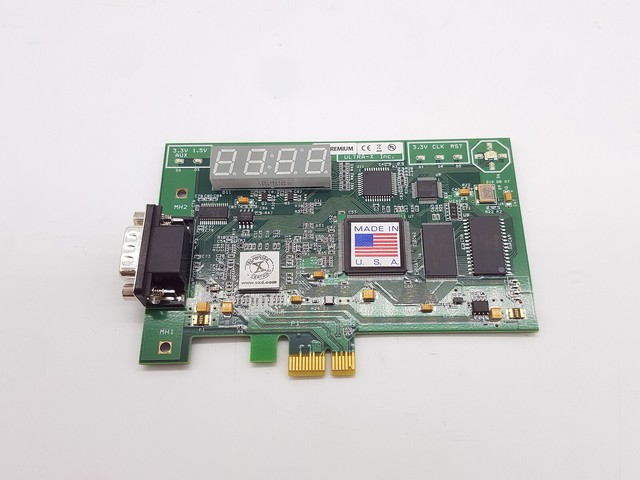

- #Firefox memory diag movie
- #Firefox memory diag code
- #Firefox memory diag plus
- #Firefox memory diag windows
Offloading computation to the GPU is difficult to get right. Internet Explorer is the only browser where hardware acceleration clearly reduces the overall load.
#Firefox memory diag code
Firefox is a lot more frugal but its GPU code seems to be inefficient. The differences between the three browsers are astonishing. Let’s put all the numbers together: Scenario It reduces the CPU load by approximately 50% while only marginally taxing the GPU. Internet Explorer’s hardware acceleration implementation seems to be very efficient.
#Firefox memory diag plus
Whether overall (CPU plus GPU) energy consumption is lower with acceleration enabled or disabled, however, is a completely different matter.

Chrome without GPU acceleration: 1.3% GPU compute usage, 145.1 MB GPU memory usage.Chrome with GPU acceleration: 6.7% GPU compute usage, 246.1 MB GPU memory usage.Not quite:Įspecially during video playback, but also with a regular website such as Boxtrolls the GPU is still used extensively. With hardware acceleration disabled one might assume that GPU utilization is near zero.

Obviously, Chrome uses the GPU not only for video decoding but also for 2D rendering. With hardware acceleration enabled Chrome’s GPU compute usage looks like this (again, data collected by uberAgent): Until now we only looked at the CPU utilization. In this test scenario Chrome is more CPU efficient without GPU acceleration. Chrome without GPU acceleration: 388.6 CPU seconds.Chrome with GPU acceleration: 458.9 CPU seconds.UberAgent not only reports the CPU usage over time, it also tells us the total CPU seconds consumed by an application. Only during Youtube video playback is the CPU usage significantly lower than without GPU. Boxtrolls and Twitter are pretty much the same as without GPU acceleration. On top of the tab rendering process, we get the GPU process which apparently has a hard time feeding the GPU all those moving lines and shapes. Taking into account that the scaling is different we can see that the CPU utilization during the Canvas demo practically doubled. Now let’s have the same chart for Chrome with GPU hardware acceleration turned on: Chrome: CPU Usage with Hardware Acceleration The different colors indicate which Chrome sub-processes perform how much work. The four test phases are clearly visible. Let’s take a look at the CPU utilization of Chrome without GPU acceleration first: Chrome: CPU Usage without Hardware Acceleration
#Firefox memory diag windows
For data collection and visualization I used our Windows performance monitoring product uberAgent for Splunk. The tests were run on a Lenovo W540 with an Intel HD Graphics 4600 GPU. 95m, Firefox 34.0.5, and Internet Explorer. I ran all three major browsers in their newest incarnations through the scenario outlined above: Chrome. Suffice to say that there are great differences between the browsers tested. While running these tests I deliberately ignored things like visual quality, framerates, etc. Twitter newsfeed, refreshed every 15 seconds for 2 minutesĪll of these sites use modern web technologies, only Youtube uses Flash as a fallback.
#Firefox memory diag movie

Nobody seems to have measured how GPU acceleration affects CPU usage. Interestingly, facts to prove that are hard to find. People generally seem to be happy about that – GPUs are super-efficient, the more work they do the fewer remains for the CPU, overall energy consumption is reduced and battery life increases. Chrome, Firefox, and Internet Explorer all have hardware acceleration turned on by default. Today, applications like Microsoft Office leverage the GPU, but even more so do web browsers. After slowly but steadily moving out of the 3D niche it has arrived in the mainstream.


 0 kommentar(er)
0 kommentar(er)
